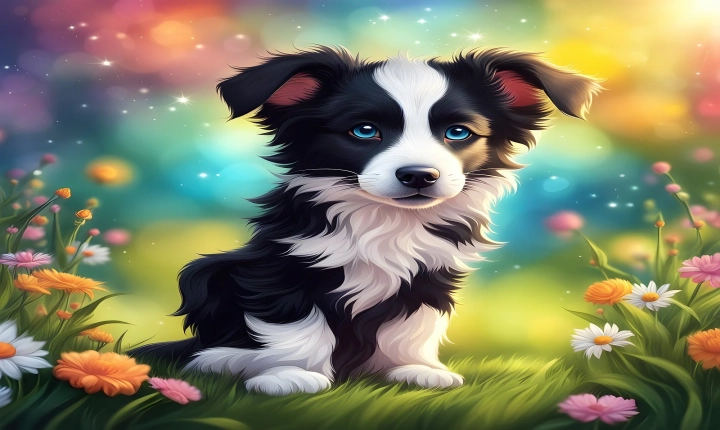Title: The Art and Science of Creating AI Pictures
Artificial intelligence (AI) has revolutionized the way we create and interpret images. With sophisticated algorithms and advanced neural networks, AI has the ability to generate stunning pictures that are both realistic and imaginative. From generating lifelike portraits to creating mesmerizing landscapes, the possibilities with AI-generated images are endless. In this article, we will explore the art and science behind creating AI pictures, as well as the tools and techniques involved in the process.
Understanding AI-Powered Image Generation
AI-powered image generation involves the use of algorithms and neural networks to create images that mimic the style and characteristics of real-life photographs or paintings. These algorithms are trained on vast datasets of images, enabling them to learn patterns, textures, and structures that define different visual styles.
There are several approaches to AI-powered image generation, including Generative Adversarial Networks (GANs), Variational Autoencoders (VAEs), and Deep Convolutional Generative Adversarial Networks (DCGANs). Each approach has its unique strengths and limitations, but they all share the common goal of producing realistic and visually appealing images.
Tools and Techniques for Creating AI Pictures
To create AI pictures, one needs access to specialized software and frameworks designed for image generation. Popular tools such as TensorFlow, PyTorch, and Keras provide a wide range of pre-trained models and APIs for generating images. These tools enable artists, designers, and researchers to experiment with different parameters, styles, and input data to generate unique and captivating images.
In addition to using pre-trained models, customizing neural network architectures and training them on specific datasets is another common approach to creating AI pictures. This process requires a thorough understanding of machine learning principles and a good grasp of programming languages such as Python, as well as knowledge of image preprocessing and data augmentation techniques.
The Role of Creativity in AI-Powered Image Generation
While AI plays a crucial role in generating images, human creativity and artistic intention are essential for shaping the aesthetic qualities of the final output. Artists and designers can influence the visual style, color palette, and composition of AI-generated images by providing input and guiding the algorithm’s learning process.
Furthermore, the combination of AI-generated images with traditional art forms, such as painting or sculpture, opens up new avenues for creative expression. By integrating AI-generated images with human-created artworks, artists can push the boundaries of visual storytelling and experimentation, leading to novel and thought-provoking artistic experiences.
Ethical Considerations and Unintended Biases
As AI continues to advance in image generation, it’s essential to consider the ethical implications and unintended biases associated with AI-generated images. The datasets used to train AI models often contain inherent biases, which can manifest in the generated images. It’s crucial for creators to be aware of these biases and take steps to mitigate their impact, such as using diverse and representative datasets, or incorporating fairness and transparency principles into the image generation process.
In conclusion, AI-powered image generation represents a blend of art and science, offering endless possibilities for creativity and visual expression. By leveraging advanced algorithms, neural networks, and creative input, artists, designers, and researchers can push the boundaries of image generation and create captivating AI pictures that inspire and delight audiences. As the field of AI continues to evolve, the future of AI picture creation promises exciting developments and transformative artistic experiences.
